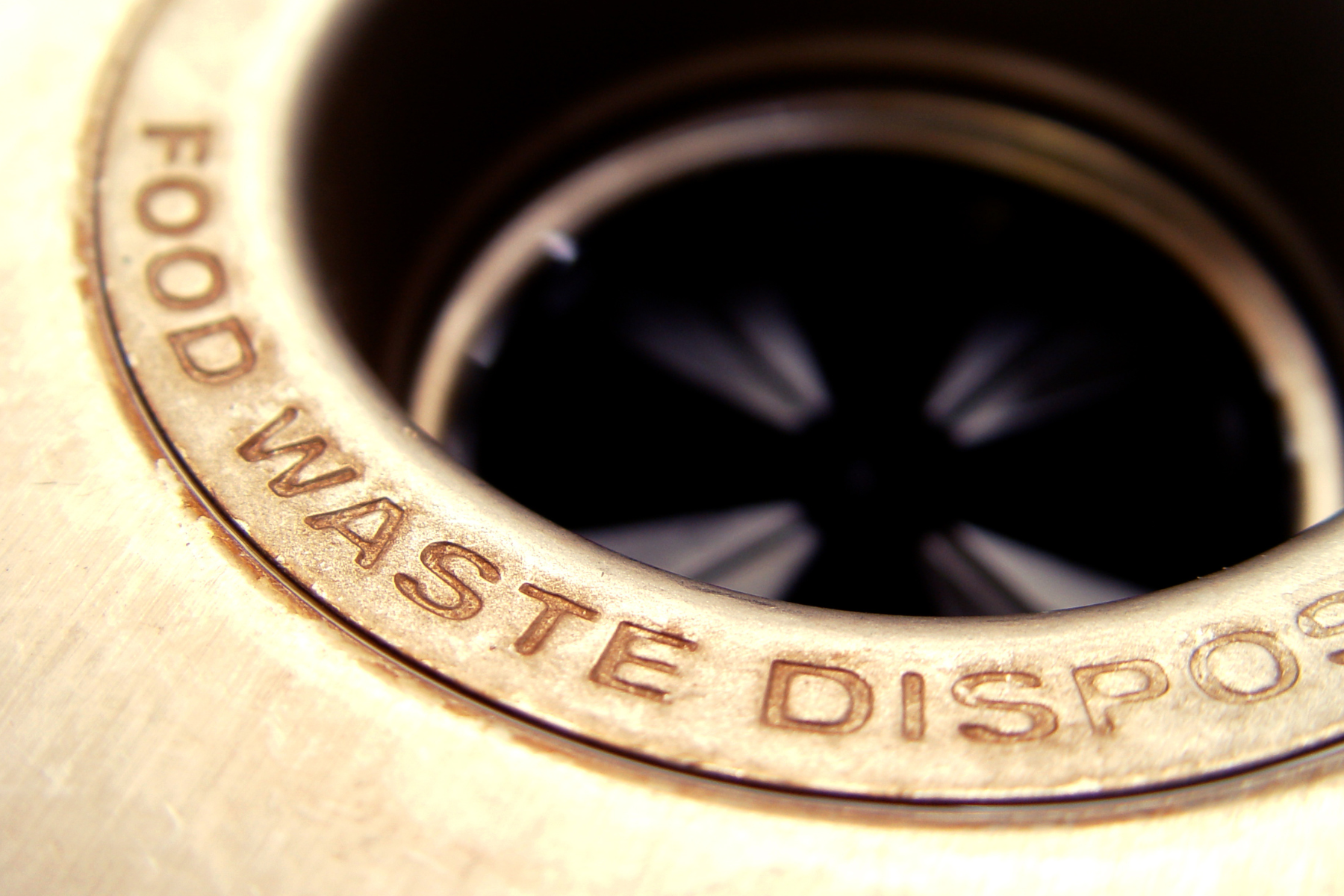Using Your Garbage Disposal Properly
A garbage disposal should probably be called something else. The name more or less implies you can feed just about anything into the appliance, turn it on and it’s gone. The fact is, it’s not quite that simple and homeowners should exercise care about what they try to dispose of or they risk damaging the appliance and having to call a plumber. Here’s a short course in Garbage Disposal 101 that will help you keep your unit in good working order.
How the Garbage Disposal Works
First, there are no blades chopping up food into tiny bits. Instead, metal impellers that look like lugs spin on a plate, and by centrifugal force, they grind waste against a stationary ring, breaking it down into a virtual liquid. Turning on the water flushes particles out of the ring, then out of the disposal, and into the wastewater pipe.
Don’t Put These in the Disposal
The list of things not to put in the disposal is long, but here are some basic items to avoid:
Paper, metal, glass or plastic
Animal bones
Grease or oil
Cigarette butts
Fibrous food such as corn husks, potato peels, celery stalks, onion skins. These can entangle the impellers and stop the motor.
Expandable, starchy food such as pasta or bread
Coffee grounds and egg shells don’t hurt the disposal, but can accumulate in pipes and cause plumbing problems.
Other Tips
Feed small portions of food into the disposal a bit at a time, running COLD water continuously.
Keep the water running at least 15 seconds after grinding is complete so it flushes out remaining particles.
To clean the disposal, flush it with water and borax. Also grind up small slices of lemons and ice cubes to prevent bad odors.
Always remember, to never put your hand into a garbage disposal to attempt to remove a jam or clog. If your disposal is jammed, use the Allen wrench orafice on the bottom of the disposal to remove the jam. If you still are having issues once this step is completed, please contact us, and we would be happy to assist you.


